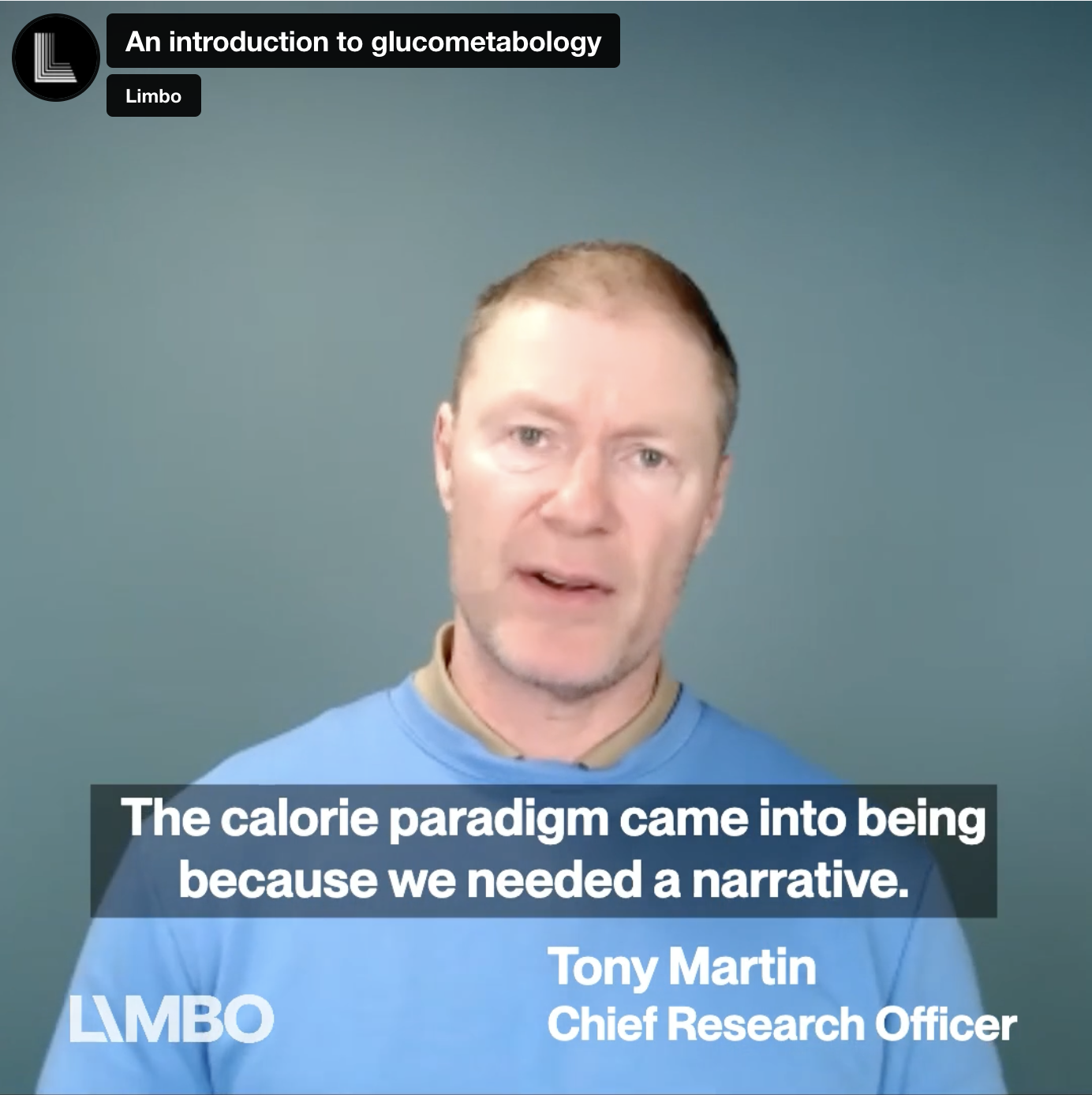Empirical data — like the CGM provides — paves the way for a new paradigm
In many cases, an advance in technology precipitates a new paradigm, because it provides the hitherto missing dataset to allow new set of hypotheses to be tested and, in the Popperian model, (provisionally) validated, or falsified and set aside. For instance, the development and improvements in the microscope and the telescope opened the doors to new fields — microbiology and astronomy — because they offered vast new troves of observable data. With empirical testing, shining a light on the flaws of the existing paradigm, which accumulated over time into Kuhn’s “explicit discontents” — thus paving the way for a decisive shift to a new paradigm.
In the case of nutrition and energy in the body, the new technology that undergirds our proposed new paradigm is the "continuous glucose monitor" (CGM). Invented in the 1990s, but becoming mass-affordable and mass-produced in the 2010s, CGMs give us a “window into the body” not on an occasional point-in-time basis — like venal blood tests, or finger-prick glucose testing — but on a continuous basis. It’s a high-resolution dataset that brings new and powerful utility, just as ultra-high resolution satellite imagery bring new use cases, versus the low-res photos of the 1980s and earlier.
